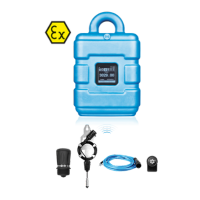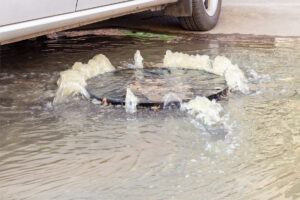Introduction to the EU Urban Waste Water Treatment Directive
The EU Urban Waste Water Treatment Directive is a directive of the European Union that deals with the treatment of urban waste water. It lays down minimum requirements that Member States must comply with in order to protect and improve the quality of water. The main objectives include the reduction of pollution of surface waters and groundwater by wastewater and the promotion of sustainable wastewater treatment. The directive contains provisions for the monitoring and control of wastewater treatment plants and for reporting on their performance. It was developed to harmonise environmental protection standards across the EU and create a common framework for dealing with urban wastewater.
Goals and historical development
The EU Urban Waste Water Treatment Directive datees back to 1991. The revision of the directive was adopted in April 2024. The directive is expected to come into force in the course of 2024. The EU Urban Waste Water Treatment Directive was developed against the backdrop of increasing environmental awareness and the need to protect water from pollution. The discharge of insufficiently treated wastewater leads to an impairment of water quality and the environment. The aim of the directive is to protect the environment from harmful effects caused by the discharge of urban wastewater.
Important requirements of the directive
The aim of this revision is to better protect human health and the environment from harmful wastewater discharges. Here are some of the innovations associated with the EU Urban Waste Water Treatment Directive:
Extended scope of application: The directive will now also apply to smaller municipalities with 1,000 inhabitants or more, which covers a larger number of areas.
Removal of nutrients and micropollutants: More nutrients and micropollutants will be required to be removed from municipal wastewater, especially those originating from toxic pharmaceuticals and cosmetics. The fourth cleaning stage is a much-discussed topic in this context.
Microplastics monitoring: The directive introduces systematic monitoring of microplastics at the inflows and outflows of municipal wastewater treatment plants and sewage sludge.
Polluter pays principle: Environmentally harmful industries such as pharmaceutical companies and cosmetics manufacturers must now bear at least 80 per cent of the costs for the removal of micropollutants.
Health monitoring: Important health-related parameters in municipal wastewater, including antimicrobial resistance or SARS-COVID pathogens in the event of a pandemic, must be monitored regularly.
Adaptation to heavy rainfall events: The measures take account of changing climatic conditions and provide for clear obligations for the Member States with regard to better management of heavy rainfall events. Data loggers for wastewater and sewers, such as Jellox, recognise heavy rainfall events, send alarms when a defined threshold value is exceeded and automatically log the water levels.
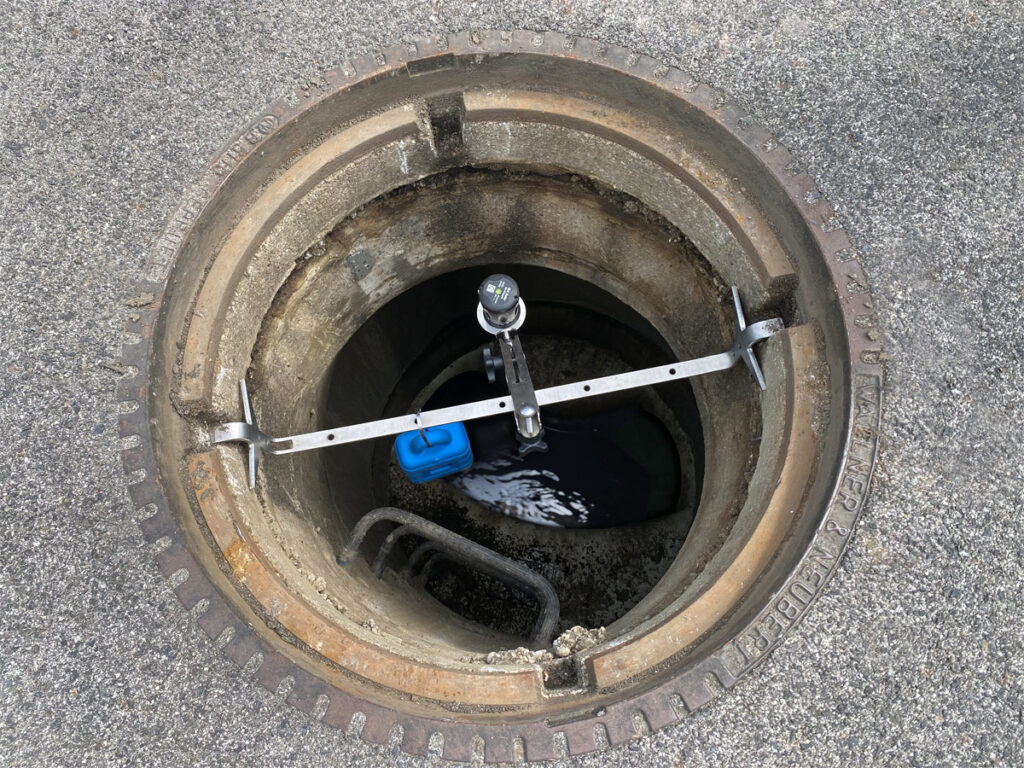
The role of combined sewerage systems in Austria
In Austria, combined sewerage systems play an important role in the discharge of wastewater from (urban) areas. In contrast to the separate sewerage system, where rainwater and wastewater are collected separately, the combined sewerage system collects and drains rainwater and wastewater from households and industry together in one system.
There are around 92,800 kilometres of sewer network in Austria; Due to the settlement structure (scattered settlements and individual properties), a 100% connection in Austria is unrealistic. Nevertheless, the last 40 years have seen a significant increase / development from under 40% to over 90%.
In the east and west, development is significantly higher than in the centre of Austria. Vienna is the frontrunner with almost 100%. Individual districts in the federal states, on the other hand, are below 85% – as shown by the Austrian wastewater management industry survey 2020.
How the combined sewerage system works
The combined sewerage system collects wastewater from households and industry as well as rainwater in a single system. This is done via a network of channels that transport the collected water to a treatment plant, where it is purified and treated before being discharged into watercourses.
Simplified, the process in the combined sewerage system from collection to discharge is as follows:
Collection: Rainwater and wastewater from households and industry are channelled into the combined sewers via a network of pipes.
Transport: The collected water flows through the sewer system and is transported to pumping stations or sewage treatment plants.
Treatment: In wastewater treatment plants, the mixed water is purified, usually through various processes such as sedimentation, biodegradation and disinfection, to remove pollutants and improve water quality.
Discharge: After purification, the treated water is discharged into bodies of water such as rivers or lakes.
Current challenges & opportunities in the wastewater industry
Although the combined sewerage system is efficient and cost-effective, it can cause some problems:
Overflow events: During heavy rainfall, the volume of rainwater and wastewater in the sewers can exceed the capacity of the system. This can lead to overflow events where untreated wastewater is discharged directly into water bodies, which can lead to environmental pollution and health risks. Such combined sewer overflows of untreated, diluted wastewater are the greatest challenge, which is increasing dramatically due to the increase in heavy rainfall events.
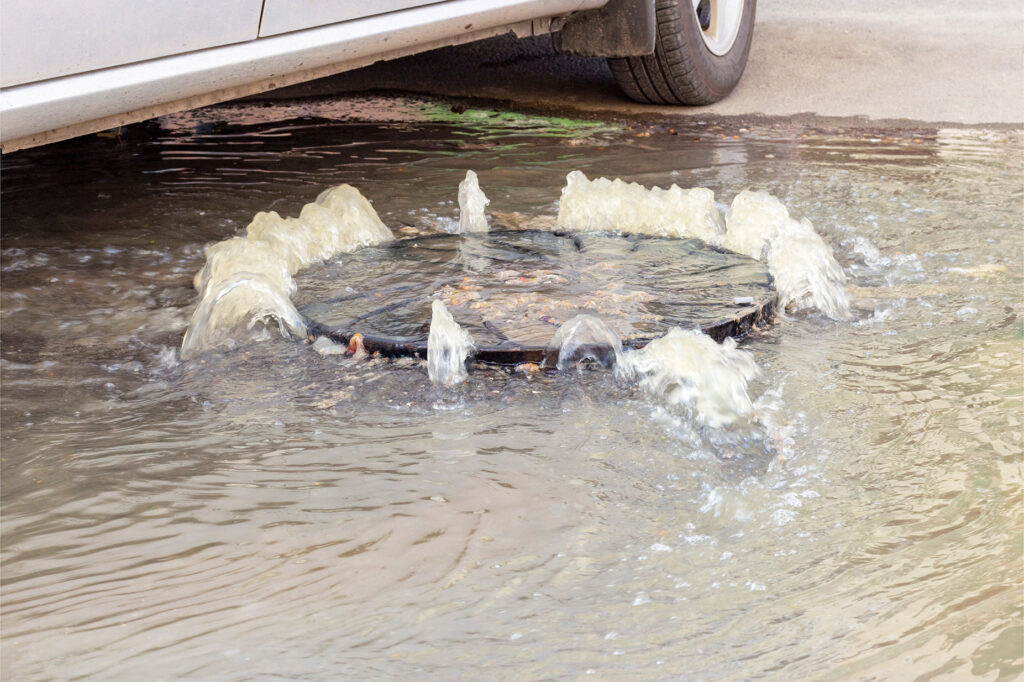
Pollution: As combined sewers collect both wastewater and rainwater, leaking or damaged pipes can release pollutants from households and industry into bodies of water before the water is cleaned.
Hygiene problems: If the combined sewer system is not properly maintained, blockages and deposits can form in the sewers, which can lead to unpleasant odours and health problems.
Environmental impact: The discharge of pollutants and untreated wastewater into combined sewers can impair water quality in bodies of water and jeopardise ecosystems.
Overall, the effective use of combined sewers requires careful planning, regular maintenance and compliance with strict environmental protection standards to minimise pollution and protect public health.
Strategies for the modernisation and maintenance of urban wastewater infrastructure
Wastewater infrastructure is a critical element for our modern, liveable world. The sewer networks are largely outdated or in some cases no longer properly dimensioned due to changes in habitats. In addition, the sewage treatment plant is the largest consumer of energy in the city. This means that costs, guidelines, environmental protection and human health are at odds with each other.
In order to make the challenges tangible, the University of Innsbruck is conducting a survey of the degree of expansion of combined sewerage systems in Austria on behalf of the Federal Ministry of Agriculture, Forestry, Regions and Water Management (BML). The aim is to determine the need for adaptation due to the EU Urban Waste Water Treatment Directive. This survey is the starting point for estimates of the cost-benefit aspects of implementing the EU requirements.
Technological innovations and improvements
The EU Urban Waste Water Treatment Directive provides for the following for combined sewerage systems (extract from the BML):
- Settlement areas ≥ 100,000 PE must in future draw up integrated wastewater management plans for the entire sewer catchment area of their wastewater treatment plants; These plans should analyse the sewerage area and define targets and measures to reduce combined sewer overflows.
- A risk-based approach applies to settlement areas between 10,000 and 100,000 p.e. This means that such settlement areas must always draw up integrated wastewater management plans for the entire sewer catchment area of their wastewater treatment plants if a risk assessment shows that the discharged combined sewage loads or the effects of the discharge of combined sewage are “problematic”;
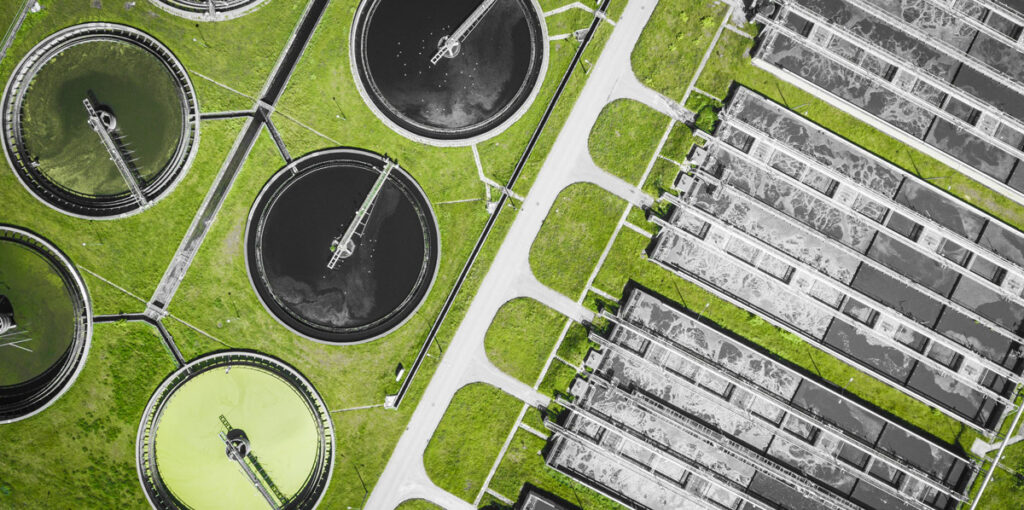
This is where modern environmental technology and data loggers come in. Data loggers play an essential role in the implementation of the EU Urban Waste Water Treatment Directive by providing accurate and timely data to monitor and control wastewater treatment processes.
Data loggers help with these requirements and applications:
Detection of heavy rain events and relief: Data loggers with fast measurement intervals of 10 seconds immediately detect heavy rain events. As these are over as quickly as they occur, the extremely short measuring interval is essential for a fast response. By measuring the water level, not only are heavy rainfall events recognised, but relief events are also logged accordingly.
Wastewater quality monitoring: Data loggers are often used to continuously measure various wastewater parameters such as pH, temperature, chemical oxygen demand (COD), biological oxygen demand (BOD), nitrates and phosphates. This data is crucial to ensure that the cleaning performance meets the legal requirements.
Compliance: The automatic recording of water quality data makes it easier for authorities and operators of wastewater treatment plants to prove that they fulfil the requirements of the directive. This is important for reporting to regulatory authorities and helps to avoid potential penalties for non-compliance.
Optimisation of treatment processes: The data provided by data loggers helps to improve the efficiency of wastewater treatment processes. For example, by analysing the data, operators can make adjustments to save energy, use chemicals more efficiently and reduce overall operating costs.
Early warning systems: Data loggers can also serve as part of early warning systems to quickly detect unusual or dangerous changes in water quality. This enables proactive action to be taken before the situation becomes critical, minimising environmental impact and protecting public health. By measuring the toxic, corrosive H2S gas, hazards are measured immediately and appropriate countermeasures – such as the targeted addition of chemicals – are initiated to protect people and buildings.
Long-term data collection: The long-term data collection made possible by data loggers is useful for trend analyses and research purposes. This can lead to the further development of wastewater treatment technologies and strategies and contribute to the overall improvement of water quality.
Overall, data loggers contribute to the efficient implementation of and compliance with the EU Urban Waste Water Treatment Directive by providing a basis for decision-making and enabling effective control and management of wastewater treatment plants. Data loggers record the data basis that is essential for all further short or long-term measures. From classic dosing controls and traffic sign controls to energy management and optimisation or data-based analyses with AI.
When selecting a suitable data logger, make sure that the measurement intervals are short so that you do not miss any events in the channel with long running times. Take into account the harsh environment in the sewerage system and connectivity to ensure high data quality on the basis of which you make critical decisions.
